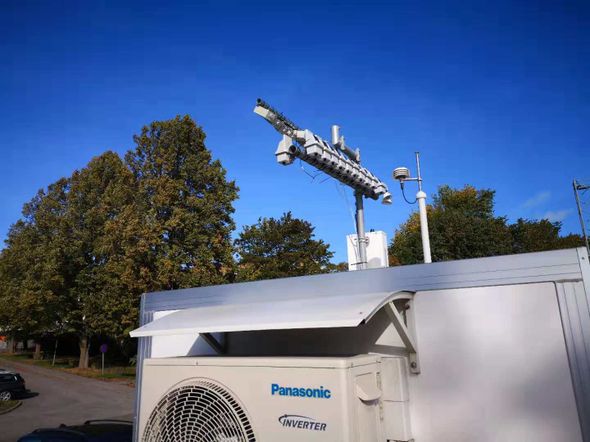AQsensor: air quality and pollutants prediction of dynamic traffic using emerging IoT sensors
Many people, especially in cities, are exposed to higher levels of pollutants than the limit values according to EU and Swedish legislation. Road traffic emissions are the main cause of air pollution in urban environments. Vehicles emit NOx, CO, VOC, PM etc., which are all major sources of air pollution. Traffic pollutants are of health concern. Studies show that exposures to critical air pollutants from traffic are associated with acute aspiratory disease and long-term health risks. Traffic generated greenhouse chemicals, such as CO2 and black carbon (BC), are also directly related to global climate changes.
Strategies to mitigate the environmental effects of traffic include developing public transport, walking and biking, policies such as vehicle and fuel taxation, congestion pricing, mobility credits and eco-routing, as well as active traffic management and predictive traffic control. The time scale over which these approaches are applied varies, some planned far ahead of time, while others are exercised in real time based on current conditions. In all cases though, successful and effective implementation of such policies and strategies requires accurate measurement of traffic conditions and their environmental impacts.
The fast development and increasing availability of IoT sensors for air quality measurements have made AQ data a promising information source for direct estimation and prediction of traffic-induced air pollutants and therefore suitable for development of sustainable transport solutions. AQsensor is funded by Swedish Transport Administration and aims to
- apply a IoT sensor network near Swedish motorways to monitor and measure continuously important, traffic generated, air pollutants such as CO, NOx, noise etc;
- integrate traffic model and air pollution model with traffic and air pollutant measurements for estimation of dynamic traffic-induced air pollutants;
- develop traffic control solutions with consideration of mitigating traffic emissions using real-time feedback information of air pollutants at roadside.
